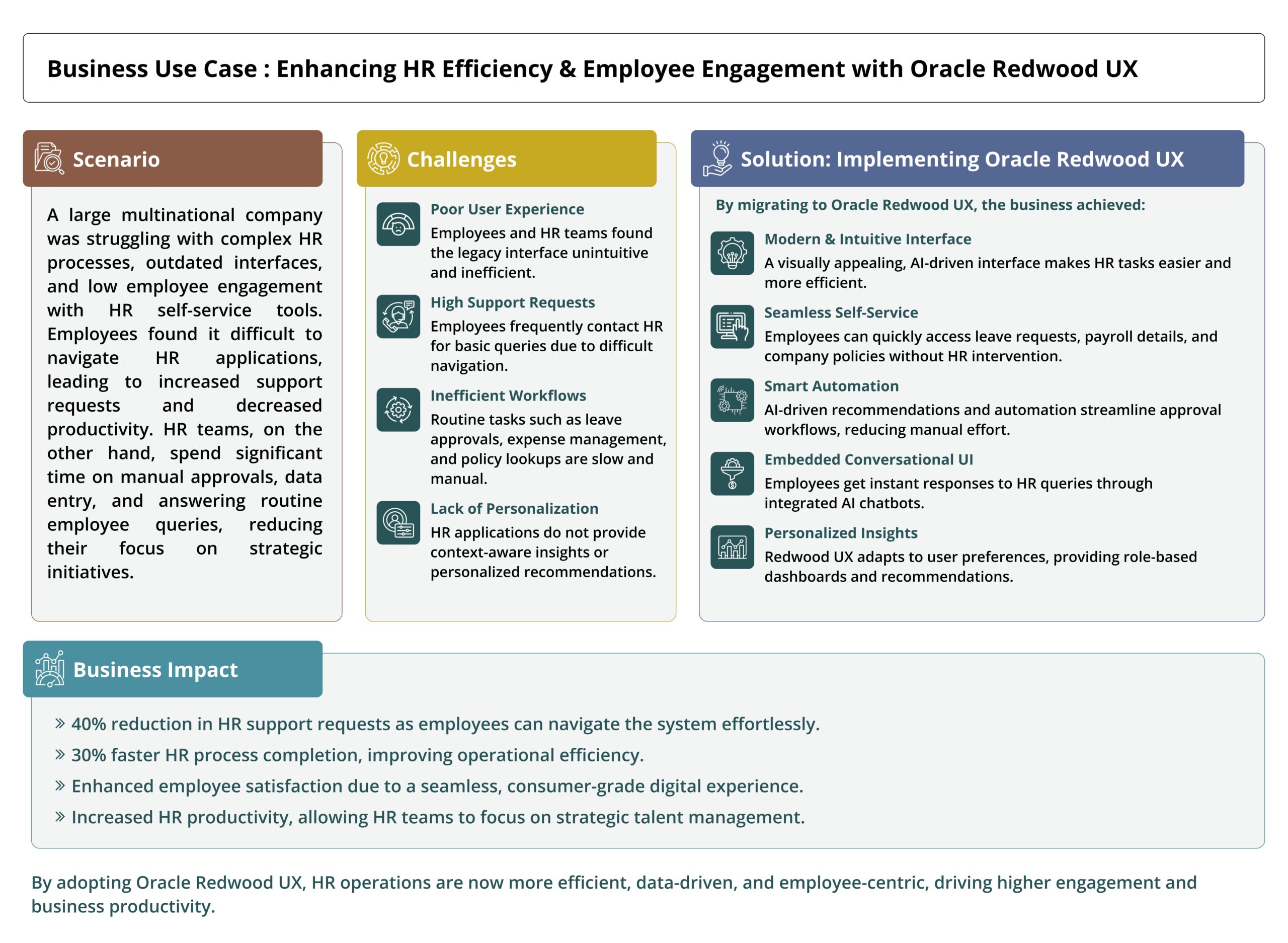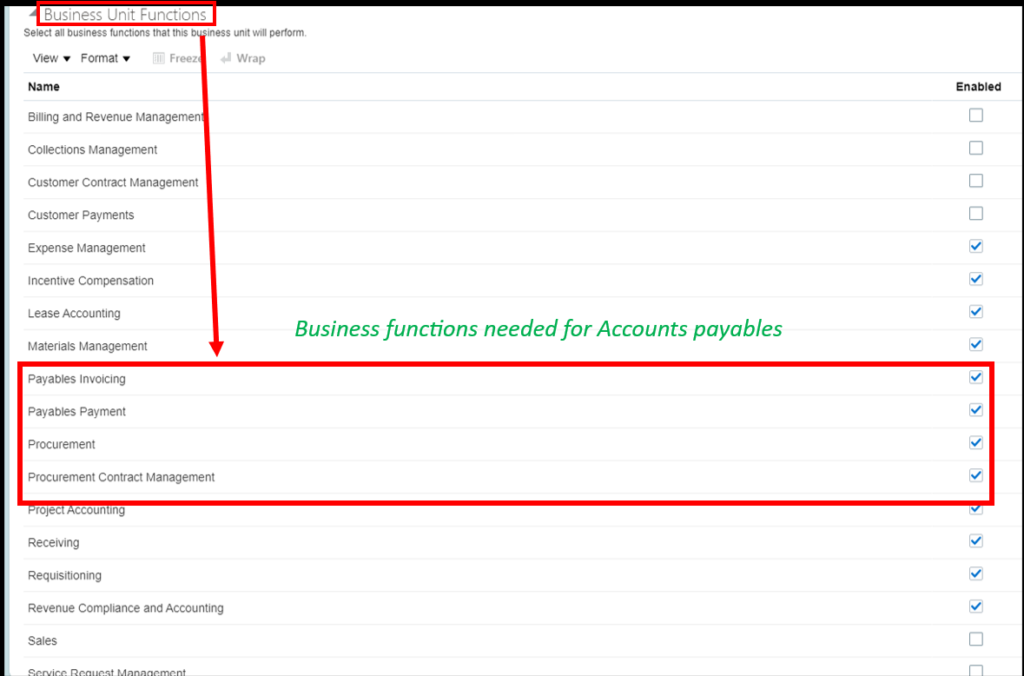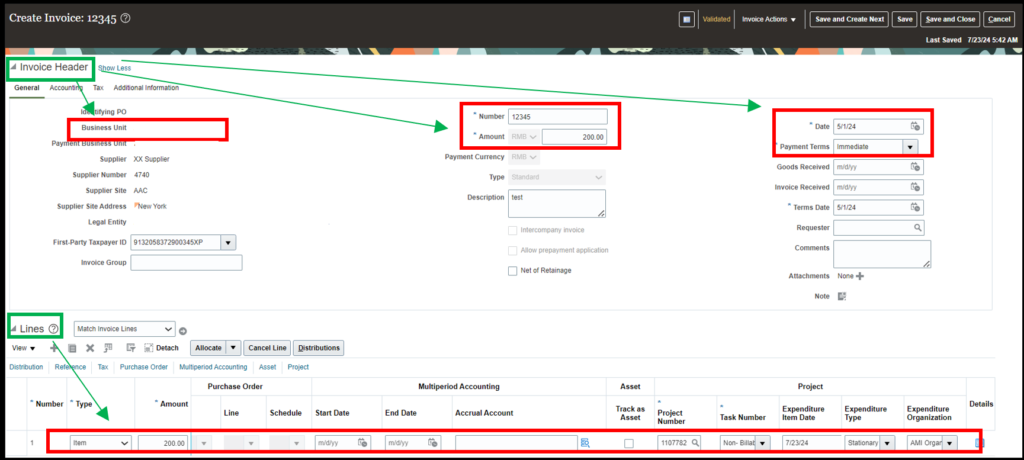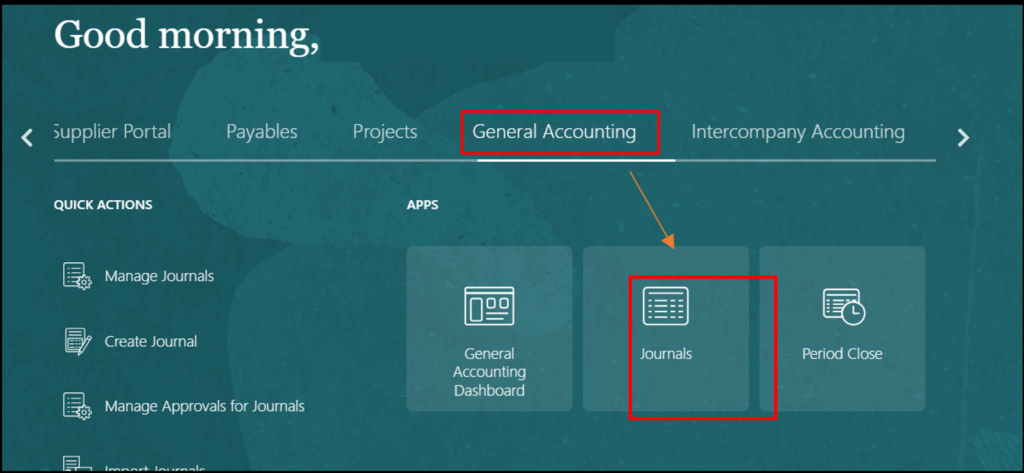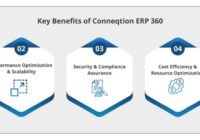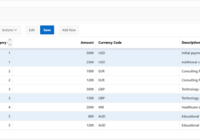Oracle Cloud Redwood User Experience (UX) Migration marks a transformative shift in the design and functionality of Oracle Cloud Applications. As Oracle aims to transition all its Cloud Applications to the Redwood UX by 2026, this migration is more than just a visual reform—it’s a step towards a modern, unified, and intelligent interface that enhances both HR operations and the overall user experience.
With its sleek, intuitive design, Redwood UX optimizes navigation, reduces cognitive load, and improves task efficiency. AI-powered automation, contextual insights, and responsive design enables the HR teams to manage processes like employee onboarding, payroll, and performance tracking with greater ease. This shift not only enhances productivity and engagement but also ensures a consistent and seamless experience across Oracle’s ecosystem, making HR operations more efficient, user-friendly, and future-ready.
Why Migrate to Oracle Redwood User Experience?
The Oracle Redwood Migration is a crucial step towards revolutionizing the user experience across Oracle Cloud Applications.
Its significance lies in the following key aspects:
- Modern & Intuitive Design – A sleek, user-friendly interface enhances navigation and accessibility.
- AI-Driven Automation – Reduces manual HR tasks with smart recommendations and automated workflows.
- Seamless Self-Service – Empowers employees to access HR services, reducing dependency on HR teams.
- Personalized User Experience – Context-aware insights and role-based dashboards for better decision-making.
- Improved Efficiency & Productivity – Faster workflows and streamlined processes minimize delays.
- Consistent Multi-Device Experience – Works seamlessly across desktops, tablets, and mobile devices.
- Integrated Conversational UI – AI-powered chatbots assist employees with HR queries instantly.
- Future-Ready Framework – Ensures compatibility with Oracle’s evolving cloud ecosystem.
Migrating to Oracle Redwood UX not only enhances HR operations but also transforms employee interactions, making HR processes simpler, faster, and more engaging.
Common Challenges Faced by Businesses

Failing to make the transition to Oracle Redwood UX can lead to several challenges that impact productivity, efficiency, and competitiveness. Here are the key challenges of not migrating to Redwood:
- Outdated User Experience: Sticking with legacy interfaces may result in a less intuitive and visually outdated experience, leading to decreased user satisfaction and productivity.
- Lack of Compatibility with Future Updates: Oracle is transitioning all Cloud Applications to the Redwood theme by 2026. Failure to migrate may result in compatibility issues with future Oracle updates and limit access to new features and innovations.
- Missed Opportunities for Efficiency: If you do not migrate to the next-generation Redwood theme, you are missing out on significant efficiency improvements that can directly impact your business performance.
- Increased Training & Support Needs: As more Oracle users become familiar with Redwood UX, maintaining older interfaces could lead to higher training and support costs for legacy systems that fewer users understand.
- Competitive Disadvantage: Businesses that don’t adopt Oracle Redwood risk falling behind competitors who use its modern UX to optimize operations, boost user engagement, and enhance customer experience.
What are the key customization options available in Oracle Redwood?
One of the key features of Oracle Redwood UX is its high degree of customization, allowing businesses to tailor the interface and functionalities to meet their specific needs. With flexible design elements, personalized workflows, and AI-driven enhancements, Redwood enables organizations to optimize their HR and enterprise applications for a seamless, user-centric experience.
- 1.Configurable Dashboards & Layouts –Users can rearrange widgets, add shortcuts, and personalize dashboards for quick access to relevant HR data.
- 2.Adaptive UI with Theme Customization – The UI adapts to different devices, ensuring a consistent experience across desktop and mobile.
- 3.AI-Powered Personalization – Redwood UX leverages AI to offer personalized recommendations based on user behavior and past interactions.
- 4.Custom Workflows & Automation – Businesses can automate approvals, notifications, and task assignments, reducing manual effort.
- 5.Low-Code Extensions & Integration –Developers can use Oracle Visual Builder to extend Redwood applications with custom UI components. Seamless integration with third-party apps like MS Teams, Slack, and company intranets ensures a connected ecosystem.
What is Oracle’s proposed roadmap for Redwood adoption?
 Conneqtion’s IMPACT Methodology
Conneqtion’s IMPACT Methodology
Conneqtion’s IMPACT Methodology ensures a seamless transition through six structured phases:
- Initiate – Define the assessment, planning, and collaboration to align stakeholders and mitigate risks.
- Map- Align organizational workflows with Oracle Fusion best practices, ensuring efficiency and scalability.
- Prepare – Configure Oracle Fusion environments, sets up integrations, and ensure security compliance.
- Align – Conduct testing, training, and validation to guarantee alignment between system capabilities and business needs.
- Cutover – Manage data migration, deployment, and hypercare support to ensure a smooth go-live experience.
- Transform – Monitor performance, refines processes, and support ongoing optimization for long-term success.
Business Use Case: Transforming HR with Redwood UX

Conclusion
Oracle Redwood UX is redefining HR operations by enhancing efficiency, user experience, and automation. With its intuitive design, seamless integrations, and AI-powered capabilities, it empowers HR teams and employees alike, reducing manual effort and improving productivity. As organizations transition to Redwood, they gain a modern, scalable, and user-centric system that drives long-term business value. Ready to unlock the full potential of Oracle Redwood UX? Contact Conneqtion today to accelerate your Redwood migration.


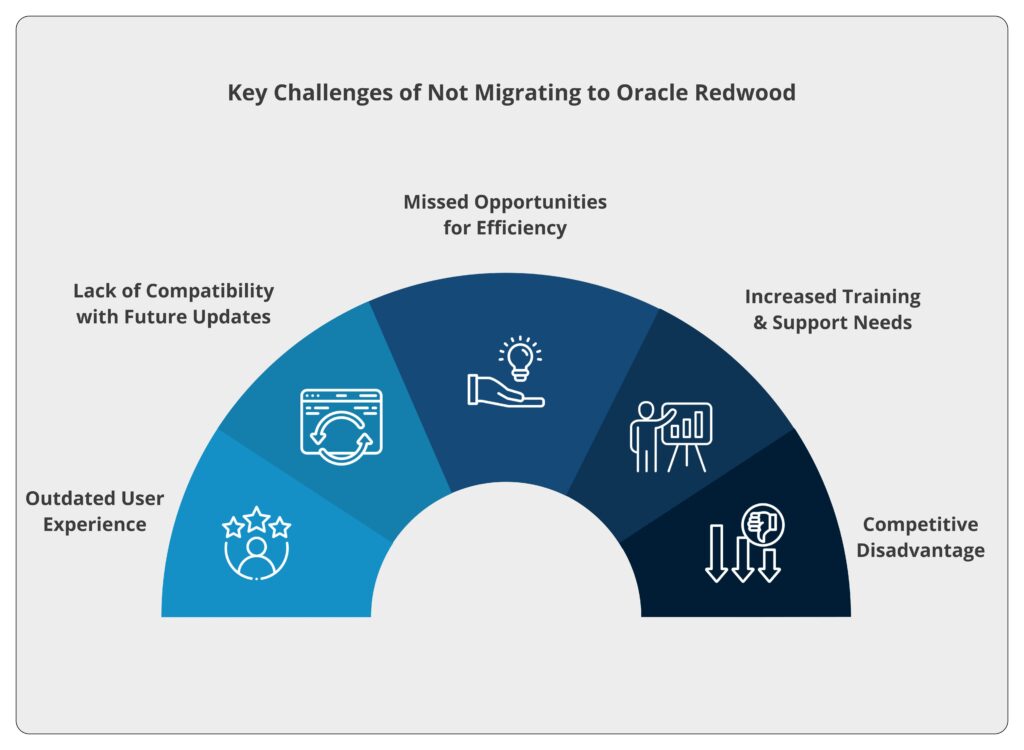
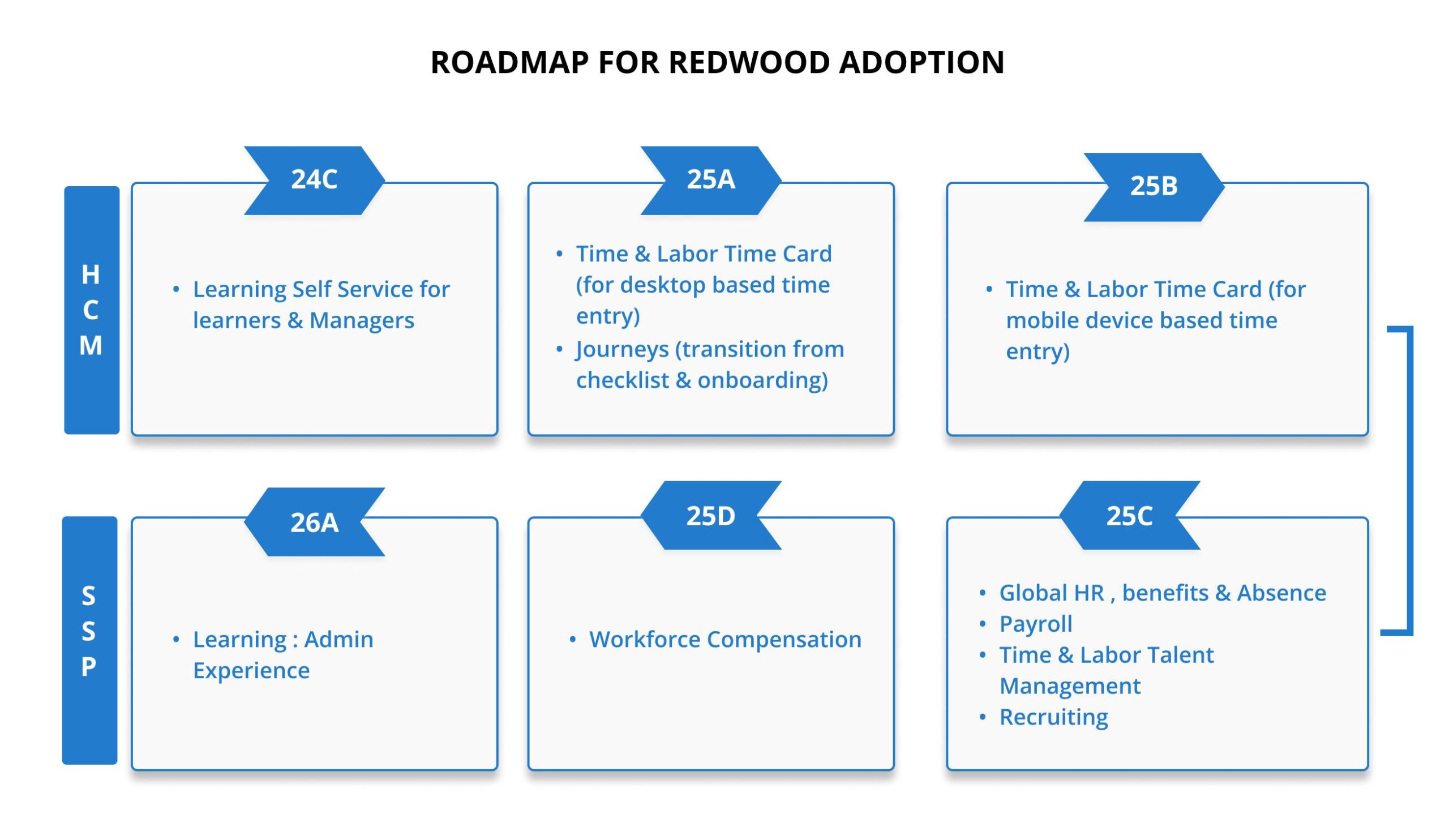 Conneqtion’s IMPACT Methodology
Conneqtion’s IMPACT Methodology